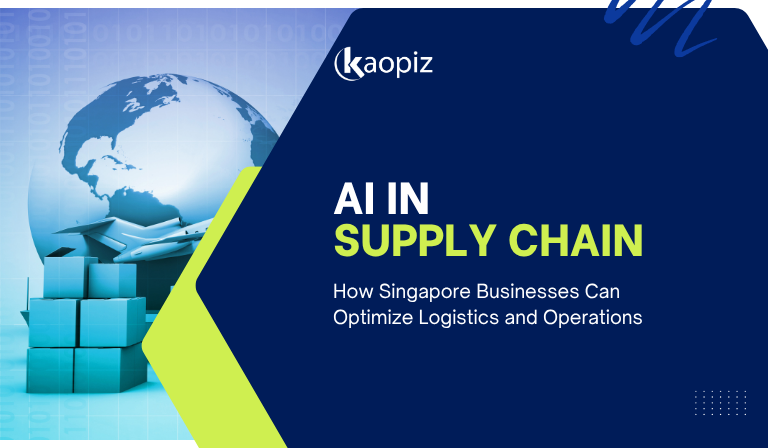AI in Logistics: Benefits, Use Cases, & Real-World Examples in 2025
The logistics industry is undergoing a major transformation, driven by the power of Artificial Intelligence (AI). As global supply chains become more complex and customer expectations rise, traditional logistics models are no longer enough to stay competitive.
In this blog, we explore the key benefits, real-world applications, and future trends of AI in logistics and supply chain management, and how forward-thinking companies are leveraging this technology to lead the way.
Table of Contents
- What Is AI in Logistics?
- How AI Revolutionizes Logistics: Top Benefits
- 10 Use Cases for AI in Logistics
- Real-World Examples of AI Logistics Software in Action
- Future of AI in Logistics
- Challenges and Considerations
- Leverage AI in Logistics with Kaopiz
- Conclusion
- FAQs
What Is AI in Logistics?
AI in logistics refers to the application of artificial intelligence technologies to automate, optimize, and enhance various processes across the logistics and supply chain industry. From route planning and inventory management to warehouse automation and customer service, AI is reshaping how goods are moved, stored, and delivered.
Modern logistics systems increasingly rely on AI-driven tools such as:
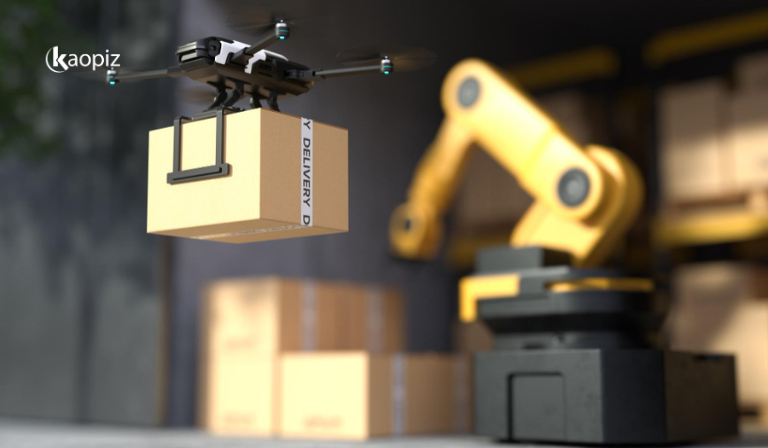
With rapid adoption by logistics service providers, e-commerce platforms, and retailers, the global AI logistics market is poised for a massive expansion, reshaping how goods are managed, moved, and delivered.
According to recent market research, the global AI in logistics market is projected to grow from $12 billion in 2023 to $549 billion by 2033, expanding at a CAGR of 46.7% between 2024 and 2033. This growth reflects a strong global commitment to leveraging AI for cost savings, efficiency gains, and competitive advantage in logistics operations.
How AI Revolutionizes Logistics: Top Benefits
AI is driving a major shift in how logistics and supply chain operations are managed, making them faster, smarter, and more cost-efficient.
Here are the top benefits of AI in logistics industry:
By analyzing large volumes of data, predicting patterns, and automating decision-making, logistics companies can streamline operations, reduce errors, enhance customer satisfaction, and stay ahead of the latest AI trends.
10 Use Cases for AI in Logistics
AI is unlocking powerful use cases in logistics, helping businesses achieve greater efficiency and value. Here are some transformative applications of AI in logistics and supply chain.
Demand Forecasting
AI-powered demand forecasting is transforming how logistics companies anticipate and respond to demand fluctuations. By analyzing historical data, real-time variables, and market trends, AI delivers highly accurate predictions that help optimize stock levels, workforce planning, and transportation resources.
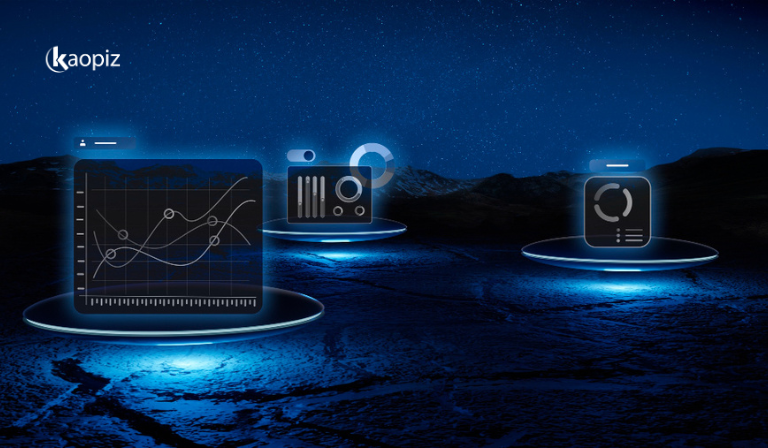
Machine learning algorithms continuously refine these forecasts, improving accuracy over time. This enables logistics operators to prepare for seasonal peaks or unexpected surges, reducing the risks of stockouts and overstock.
With better demand forecasting, companies can lower inventory costs, avoid delays, and improve service levels. This use of AI in logistics also supports dynamic pricing strategies, minimizes waste, and boosts profit margins, making it a critical tool for enhancing supply chain resilience and responsiveness.
Inventory Management
AI is revolutionizing inventory management by automating complex processes and delivering real-time insights that drive smarter stock control. Using predictive analytics, AI systems analyze current sales trends, historical data, and demand patterns across thousands of SKUs to ensure inventory levels are always optimized.
This allows logistics companies to prevent costly issues like overstocking or stockouts, while improving overall order accuracy and fulfillment speed. AI also enables automated reordering, triggering supplier requests when inventory drops below defined thresholds.
According to Market.us, around 55% of logistics companies plan to implement AI solutions for demand forecasting and inventory management by the end of 2024. AI provides end-to-end product visibility, reducing the need for manual tracking.
Supply Chain Optimization
AI in supply chain and logistics provides real-time visibility, predictive insights, and intelligent automation across the entire logistics network. From sourcing and production to inventory and delivery, it helps streamline operations and improve coordination between all stakeholders.
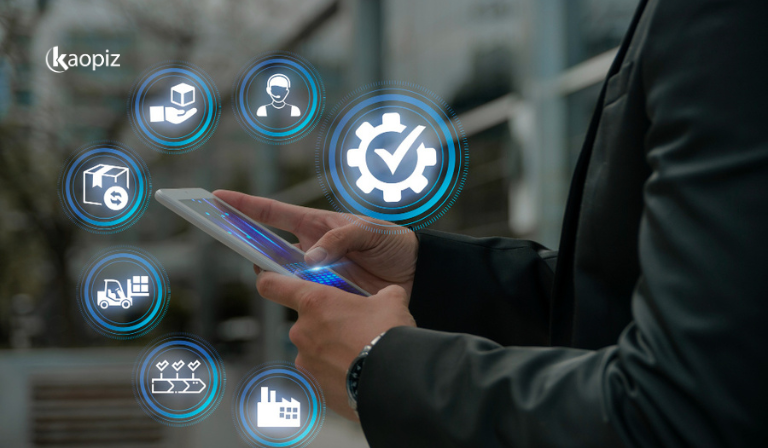
By analyzing large volumes of data, AI identifies bottlenecks, forecasts potential disruptions, and recommends cost-effective solutions. It ensures optimal inventory levels, enhances supplier selection through ethical sourcing criteria, and supports strong supplier relationship management.
In the near future, Generative AI in logistics will allow companies to simulate complex supply chain scenarios before implementation. This will enhance decision-making, reduce risk, support faster adaptation to market changes, and maintain operational continuity. With AI-driven supply chain optimization, businesses can improve speed, reduce costs, and build more resilient, efficient, and sustainable logistics systems.
Warehouse Automation
Warehouse automation, powered by AI and robotics, is revolutionizing how logistics operations handle inventory, order fulfillment, and storage. In modern supply chains, nearly every product begins or ends its journey in a warehouse, making efficiency in this space essential.
Autonomous robots now handle tasks like picking, sorting, and packaging. These robots navigate warehouse aisles, retrieve items, and prepare orders with precision, reducing human labor and speeding up fulfillment. Leading companies like Amazon already rely on these systems to boost productivity.
AI also optimizes warehouse layout by recommending strategic item placement based on movement patterns and seasonality, placing fast-moving products closer to loading docks to improve flow.
Route Optimization
Route optimization is a critical component of logistics operations, focused on determining the most efficient path to deliver goods by factoring in distance, traffic, delivery deadlines, and more.
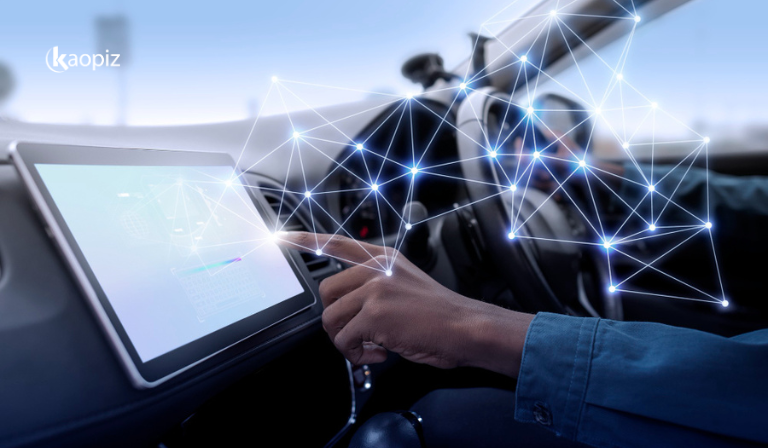
Powered by AI, route optimization systems analyze real-time data from traffic sensors, GPS tracking, weather conditions, and road reports to recommend the best routes dynamically.
AI-driven route planning helps logistics providers reduce fuel consumption, shorten delivery times, and improve fleet productivity. These systems continuously adjust routes mid-journey to account for unexpected events like road closures, accidents, or severe weather, ensuring both driver safety and timely deliveries.
Autonomous Delivery Vehicles & Drones
Driverless vehicles and drones are revolutionizing logistics, especially in last-mile delivery, where speed, efficiency, and cost control are critical. Autonomous trucks can operate with minimal human input, helping to reduce transportation costs, improve fuel efficiency, and eliminate errors caused by driver fatigue or distraction.
By automating delivery routes, these vehicles not only accelerate delivery times but also enhance safety across logistics operations. Equipped with AI and advanced sensors, they navigate roads intelligently and respond in real time to changing traffic conditions.
Drones add a new dimension to delivery capabilities, particularly in hard-to-reach or remote areas. Able to bypass traffic and terrain challenges, drones are ideal for lightweight, time-sensitive deliveries, such as delivering medical supplies in emergencies or rural locations.
Customer Service with AI Chatbots
Customer expectations in the logistics industry are higher than ever, with real-time tracking, instant updates, and fast resolutions now considered the norm. AI is helping logistics companies meet these demands by powering smart chatbots that provide 24/7 support and automated tracking updates.

AI chatbots can handle common inquiries, such as package location, delivery times, and return processes, without the need for human intervention. This reduces wait times, boosts customer satisfaction, and allows support teams to focus on more complex issues.
Beyond reactive service, AI enables predictive and personalized customer experiences. By analyzing customer behavior and purchase history, AI can proactively suggest delivery preferences or product recommendations, enhancing engagement and loyalty.
Risk Management & Anomaly Detection
AI helps manage supply chain risks by detecting anomalies and predicting disruptions. By leveraging real-time data and advanced algorithms, AI systems continuously monitor supply chain activities, identifying unusual patterns or deviations that could signal potential issues. With AI in supply chain risk management, businesses gain more resilience and can proactively respond to challenges.
From fleet performance and warehouse efficiency to delivery routes and equipment health, AI detects anomalies early, such as mechanical failures or shipment delays, before they escalate into costly disruptions. This allows logistics providers to take immediate corrective action and maintain operational continuity.
AI’s predictive capabilities also help anticipate external risks, including severe weather, traffic congestion, or geopolitical events, enabling companies to build more resilient and proactive supply chains.
Predictive Maintenance
Predictive maintenance, powered by AI, allows logistics companies to anticipate equipment failures before they happen, minimizing downtime and reducing repair costs. By analyzing real-time data from sensors on vehicles and machinery, AI detects early signs of wear, abnormal vibrations, or performance drops.

These insights help maintenance teams schedule repairs proactively, avoiding sudden breakdowns and costly disruptions. Predictive models can even forecast when and where issues are likely to occur, enabling smarter resource allocation and maintenance planning.
This approach not only extends the lifespan of assets but also improves operational safety and reliability across the supply chain. With fewer unexpected failures, logistics providers can maintain consistent service levels and optimize overall efficiency.
AI for Sustainability and Green Logistics
AI is playing a transformative role in helping logistics companies operate more sustainably. By optimizing transportation routes, AI reduces fuel consumption, minimizes vehicle idle time, and lowers emissions, directly contributing to a smaller carbon footprint without compromising delivery speed.
Moreover, in warehouse environments, AI supports green logistics by enabling real-time energy management. It adjusts lighting, heating, and cooling based on operational needs, significantly reducing energy waste and improving overall efficiency.
Beyond energy and fuel, AI can analyze packaging data to recommend eco-friendly materials, helping logistics providers make more sustainable choices in shipping and storage. It also reduces waste by preventing overstocking and dead stock, which lowers disposal costs and resource usage.
Real-World Examples of AI Logistics Software in Action
It’s no surprise that leading logistics and e-commerce companies have quickly embraced AI to enhance efficiency, reduce costs, and stay competitive. Below are real-world examples of how industry giants are leveraging AI to transform their logistics operations.
Amazon
The company leverages powerful AI logistics software to manage warehouse automation, predict inventory demand, and streamline order fulfillment. In its warehouses, AI-powered robots assist with picking, packing, and sorting, significantly speeding up operations while reducing manual labor. These intelligent systems work alongside predictive analytics tools that forecast inventory demand, ensuring products are stocked in the right locations for faster order processing.
AI also plays a key role in Amazon’s last-mile delivery innovations, including autonomous delivery drones designed to navigate complex urban environments. By optimizing delivery routes and warehouse workflows, Amazon continues to set new standards for efficiency, speed, and customer satisfaction in e-commerce logistics.
DHL
DHL has strategically adopted AI to improve supply chain visibility, operational efficiency, and risk management. AI technologies allow DHL to track shipments in real time, enabling proactive decision-making and faster responses to disruptions across the logistics process.
The company also uses AI-powered chatbots to enhance customer service, delivering instant updates and handling shipping inquiries efficiently. Additionally, DHL leverages predictive analytics to anticipate risks such as weather-related delays or supply chain bottlenecks, ensuring greater reliability and smoother global operations.
FedEx
This company is harnessing the power of AI to enhance last-mile delivery and shipment visibility. The company has introduced autonomous delivery robots equipped with AI to safely navigate urban environments, reducing reliance on human drivers while lowering operational costs and improving delivery speed.
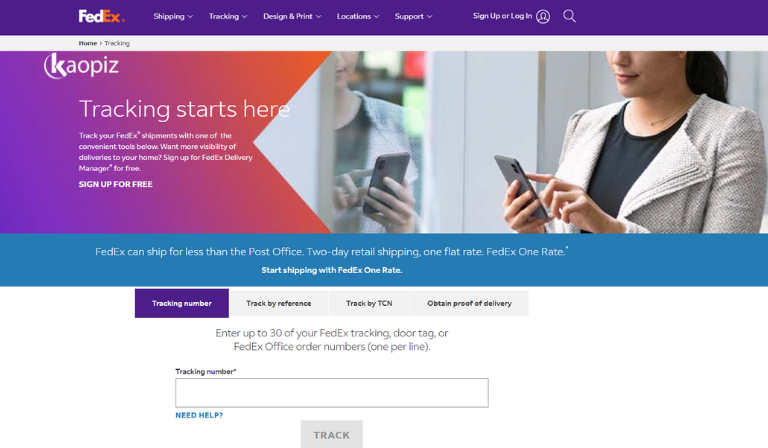
In addition, FedEx uses AI to power its real-time shipment tracking systems, offering customers precise, up-to-date information on package status. This transparency enhances customer experience and enables proactive issue resolution, strengthening FedEx’s reputation for reliability.
UPS
UPS has embraced AI to enhance route optimization and fleet management, enabling faster, more efficient deliveries. By using AI-powered algorithms, the company dynamically adjusts delivery routes in real time based on traffic patterns, weather conditions, and delivery priorities. As a result, they reduced fuel consumption and improved on-time performance.
AI also supports predictive maintenance across UPS’s fleet, helping to detect potential vehicle issues before they lead to breakdowns. This proactive approach ensures reliability, lowers repair costs, and supports sustainability goals by reducing emissions. UPS’s integration of AI reflects a broader industry shift toward smarter, greener logistics solutions.
Nuro
Nuro is a pioneer in autonomous last-mile delivery, using self-driving vehicles to transport goods without human intervention. Focused on sectors like grocery and retail, Nuro’s compact delivery robots are designed to navigate urban environments safely and efficiently.
What sets Nuro apart is its commitment to zero-emission delivery, making its solution both innovative and environmentally sustainable. By reducing carbon emissions and easing urban congestion, Nuro represents a forward-thinking approach to AI-driven, eco-friendly logistics.
Future of AI in Logistics
AI is set to revolutionize logistics even further, with advancements that will drive smarter, more efficient, and sustainable supply chain operations.
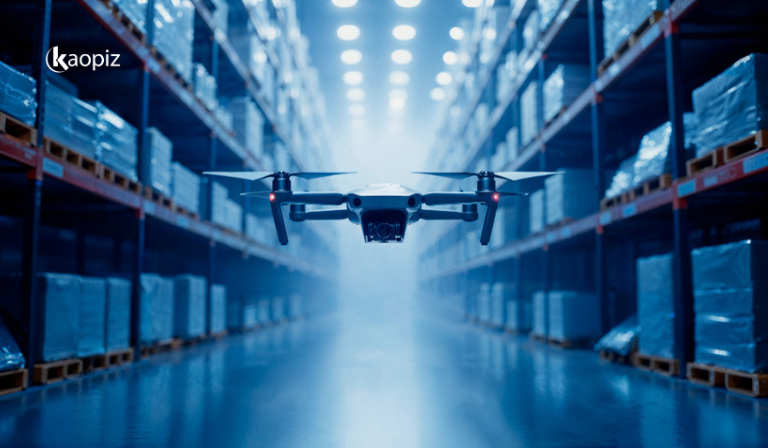
Here’s what the future holds for AI in transportation and logistics:
Challenges and Considerations
Implementing AI in transportation and logistics effectively comes with several challenges that businesses must address. Therefore, understanding these considerations is crucial for ensuring a smooth and successful AI adoption journey:
Addressing these challenges with a clear roadmap, the right logistics technology partners, and a focus on long-term value can help companies fully unlock the potential of AI.
Leverage AI in Logistics with Kaopiz
At Kaopiz, we help logistics and supply chain businesses apply AI to streamline operations, enhance efficiency, and drive smarter decision-making. With proven expertise in AI development and logistics domain knowledge, we deliver tailored solutions that solve real-world challenges.

Our AI logistics services include:
Whether you’re looking to automate key processes, enhance visibility, or improve last-mile delivery, Kaopiz can be your trusted technology partner in the AI-powered logistics transformation.
Ready to transform your logistics operations with AI? Contact Kaopiz today for a tailored solution and a free consultation.
Conclusion
AI is a present-day driver of innovation and efficiency in the industry. From demand forecasting and warehouse automation to route optimization and sustainability, it is transforming every stage of the supply chain. Companies that embrace these technologies are not only reducing operational costs but also delivering faster, smarter, and more reliable services.
As the logistics landscape continues to evolve, integrating AI is no longer optional—it’s essential for staying competitive. Whether you’re just beginning your journey or looking to scale existing capabilities, now is the time to invest in intelligent solutions that can future-proof your operations.
FAQs
How Can My Business Start Using AI in Logistics?
Start by identifying key pain points or inefficiencies in your supply chain, such as demand forecasting, delivery delays, or inventory management. Then, consult with an experienced AI development partner like Kaopiz to assess feasibility, define objectives, and develop a tailored solution that aligns with your business goals.
Can Small and Medium-sized Logistics Companies Afford AI?
Yes. Thanks to scalable, cloud-based AI platforms and outsourcing models, small and mid-sized businesses can now adopt AI without massive upfront investment. Starting with a specific use case, like route optimization or chatbot support, can deliver measurable ROI with minimal risk.
How Long Does It Take to Implement an AI Logistics Solution?
Implementation timelines vary depending on the complexity of the project. A simple AI chatbot or forecasting tool may take a few weeks, while more advanced systems, like warehouse automation or predictive maintenance platforms, can take several months. Partnering with an experienced provider helps streamline the process and ensures a faster time-to-value.






















